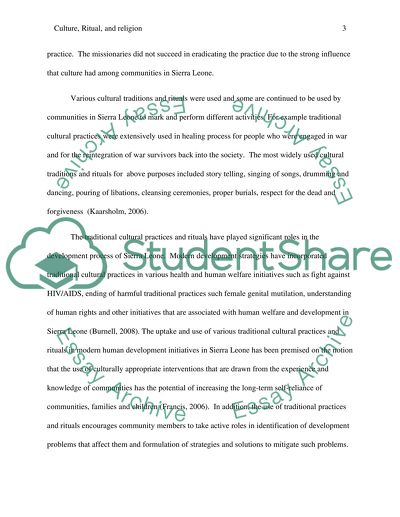Cite this document
(“Culture, Ritual and Religion, International Development in the Research Paper”, n.d.)
Culture, Ritual and Religion, International Development in the Research Paper. Retrieved from https://studentshare.org/history/1449449-international-development-in-the-democratic
Culture, Ritual and Religion, International Development in the Research Paper. Retrieved from https://studentshare.org/history/1449449-international-development-in-the-democratic
(Culture, Ritual and Religion, International Development in the Research Paper)
Culture, Ritual and Religion, International Development in the Research Paper. https://studentshare.org/history/1449449-international-development-in-the-democratic.
Culture, Ritual and Religion, International Development in the Research Paper. https://studentshare.org/history/1449449-international-development-in-the-democratic.
“Culture, Ritual and Religion, International Development in the Research Paper”, n.d. https://studentshare.org/history/1449449-international-development-in-the-democratic.


